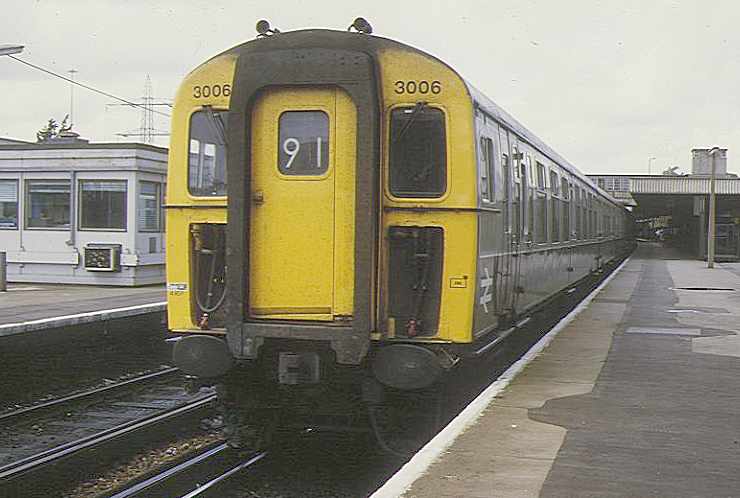CSXfoamer1997
OBS Chief
- Joined
- Dec 23, 2015
- Messages
- 575
Which of these is considered better for the following trains: regional, commuter, long-distance?
Longer loco-hauled trains, Electric Multiple Units (EMU's), or Diesel Multiple Units (DMU's)?
And why?
Longer loco-hauled trains, Electric Multiple Units (EMU's), or Diesel Multiple Units (DMU's)?
And why?
Last edited by a moderator:





